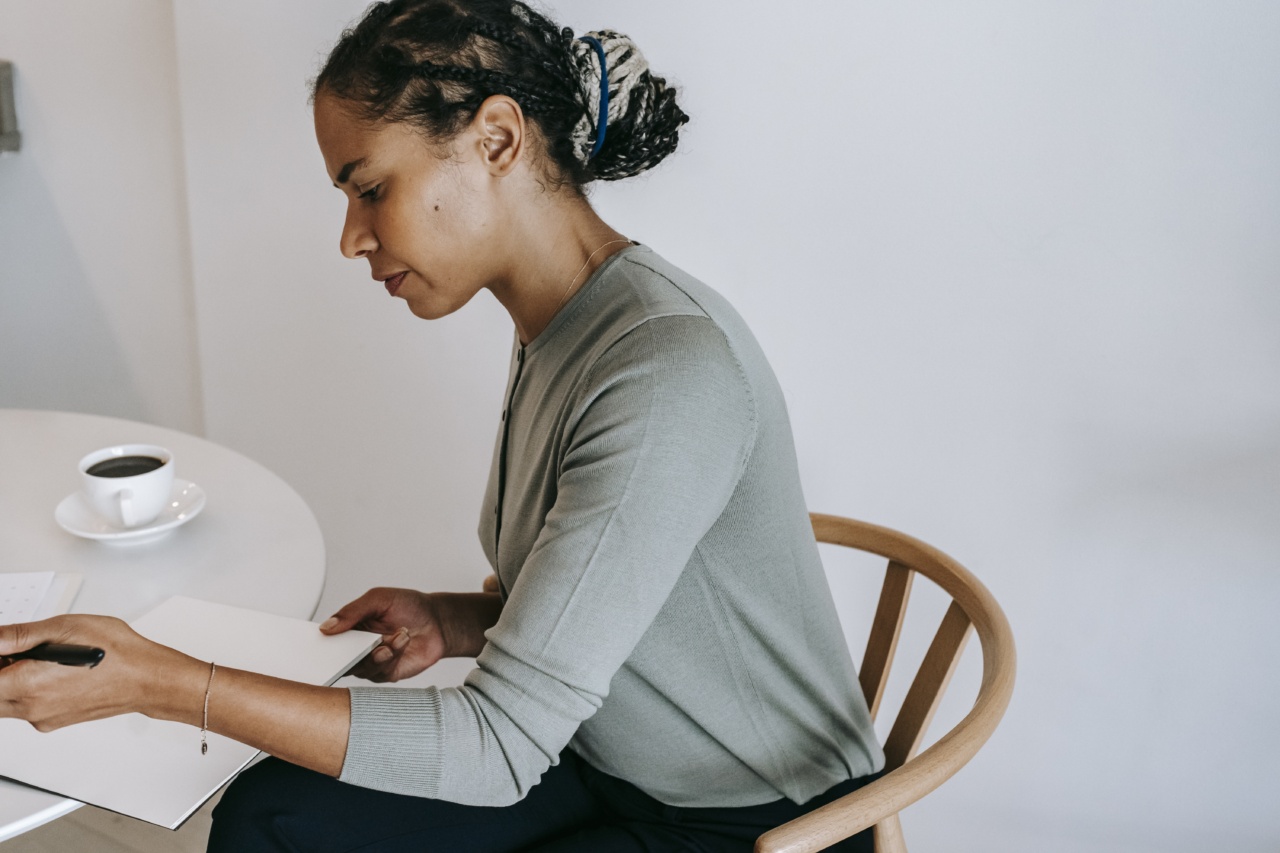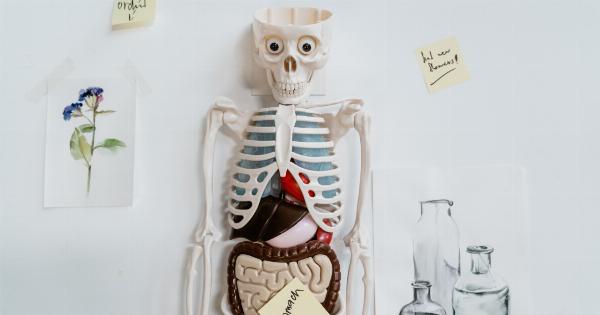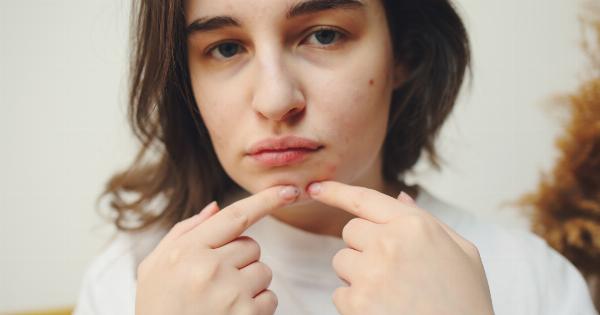Internal pimples, also known as blind pimples, are acne lesions formed beneath the skin surface. They are difficult to spot, painful, and can take a long time to go away.
In this article, we will explore the best ways to treat internal pimples and prevent future breakouts.
What Causes Internal Pimples?
Internal pimples occur when pores become clogged with dead skin cells and oil. This creates an ideal environment for bacteria to thrive.
Hormonal changes, stress, genetics, and poor skincare habits are all factors that can contribute to the formation of internal pimples.
Symptoms of Internal Pimples
Internal pimples can manifest in different ways, but common symptoms include:.
- A painful lump beneath the skin surface
- Redness and inflammation
- Tenderness and sensitivity to touch
- No visible head, unlike other types of pimples
- May cause scarring if not properly treated
Treatments for Internal Pimples
There are several treatments you can try to get rid of internal pimples, including:.
1. Warm Compress
Applying a warm compress to the affected area can help reduce pain and inflammation. It also helps to soften the skin, making it easier for the pimple to come to the surface.
To make a warm compress, soak a clean washcloth in warm water, wring out the excess water, and apply it to the pimple for 10-15 minutes, three times a day until the pimple disappears.
2. Topical Treatments
Topical treatments such as benzoyl peroxide and salicylic acid are effective in treating internal pimples. They work by drying out the excess oil and unclogging the pores.
Apply the topical treatment to the affected area once or twice a day, depending on the severity of the pimple.
3. Tea Tree Oil
Tea tree oil has antibacterial properties that can help kill the bacteria causing the pimple. Apply a drop of tea tree oil directly on the pimple and leave it on overnight. Repeat this process every night until the pimple disappears.
4. Avoid Picking or Squeezing
Picking or squeezing internal pimples can make them worse and increase the risk of scarring. Resist the urge to touch and let the pimple heal on its own. If you must touch the pimple, make sure your hands are clean and avoid applying too much pressure.
5. Improve Your Skincare Routine
Poor skincare habits can contribute to the formation of internal pimples. Make sure you cleanse your face twice a day, exfoliate regularly to remove dead skin cells, and moisturize to keep your skin hydrated.
Avoid using products that contain harsh chemicals or fragrances that can irritate your skin.
When to See a Doctor
If the internal pimple persists despite your efforts to treat it, it may be a sign of a more serious condition such as cystic acne.
In this case, it’s recommended to see a dermatologist who can provide a customized treatment plan based on your skin type and condition.
Preventing Internal Pimples
Preventing internal pimples is essential to maintain healthy and clear skin. Here are some tips to help you prevent future breakouts:.
- Wash your face twice a day with a gentle cleanser
- Exfoliate regularly to remove dead skin cells
- Moisturize to keep your skin hydrated
- Avoid touching your face with dirty hands
- Avoid using products that contain harsh chemicals or fragrances
- Eat a balanced diet rich in fruits and vegetables
- Manage stress effectively
Conclusion
Internal pimples can be frustrating and painful to deal with, but with the right treatment and prevention strategies, you can achieve healthy and clear skin.
Remember to be patient and consistent with your skincare routine, and always seek professional help if needed.































